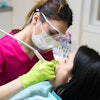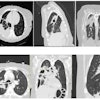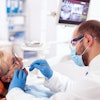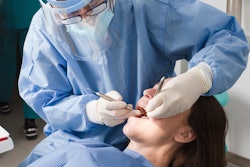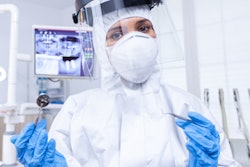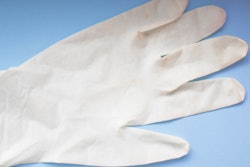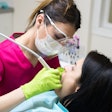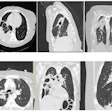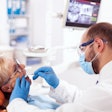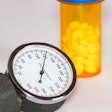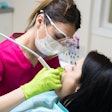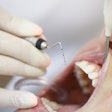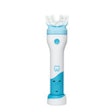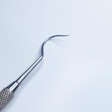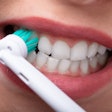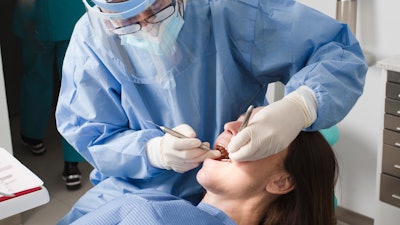
University of Buffalo dental students applied the science behind why water beads on lotus leaves to solve a pesky problem during the COVID-19 pandemic, according to a recent study published in Peer J Materials Science.
The students created face shields and comfort bands using 3D printers that were eventually used by 3,000 dental professionals in university centers across the country. To keep the shields from fogging up, they developed a solution inspired by lotus leaves.
"The hydrophobic nanostructure keeps water from being absorbed in the leaves. They float and secrete a natural wax," said Praveen Arany, PhD, an associate professor of oral biology who advised the students.
The students experimented with several formulations of wax that would keep the face shields clear. The students discovered that a combination of carnauba and beeswax created optimal results (Peer J Mat Sci, August 28, 2023).
"With a couple of adjustments, the condensation just rolled off," Arany said.
The design overcame a problem with commercially available antifogging solutions that were not suitable due to their potential to irritate the skin or cause sickness if inhaled or ingested, Arany explained.
To make the face shields, the students used the dental school’s 3D printers, which had previously been used to create and investigate medication-filled, 3D-printed dentures, smart fillings, and bone regenerative scaffolds, but were sitting idle in 2020 during the COVID-19 pandemic.
"The strategy was to create something like N95 masks that were transparent," Arnay said.
Students started working with Arany in spring 2020, and they continued to perfect the shields over the next year, including solving the fogging issue. They also discovered that isopropyl alcohol was the best disinfectant for the reusable shields that wouldn’t counteract the antifogging agents. The students learned how to shape the masks at a slight angle so the edge wouldn’t hurt the wearer’s head.
A total of 20 students contributed to the research and the 3D printing in addition to designing and operating a website and manufacturing and delivering the devices. They received emergency use authorization approval from the U.S. Food and Drug Administration.
